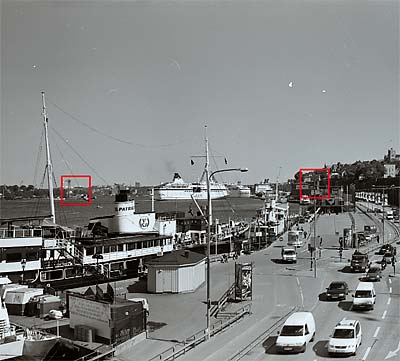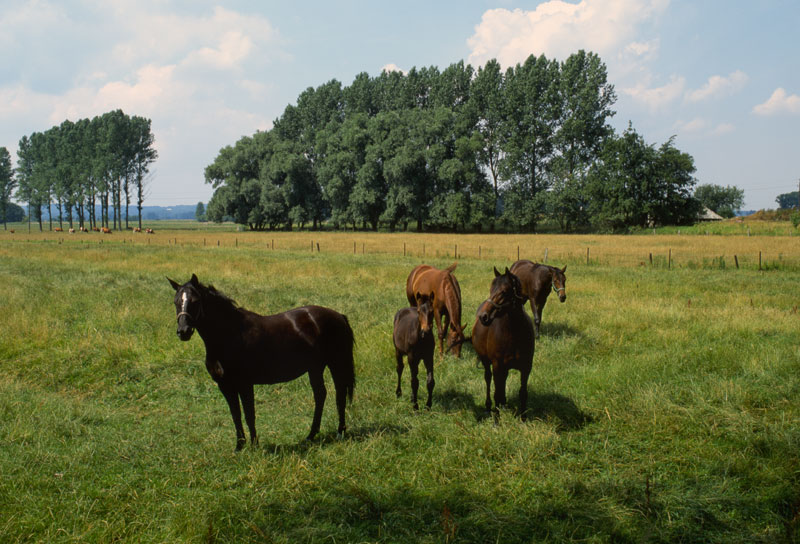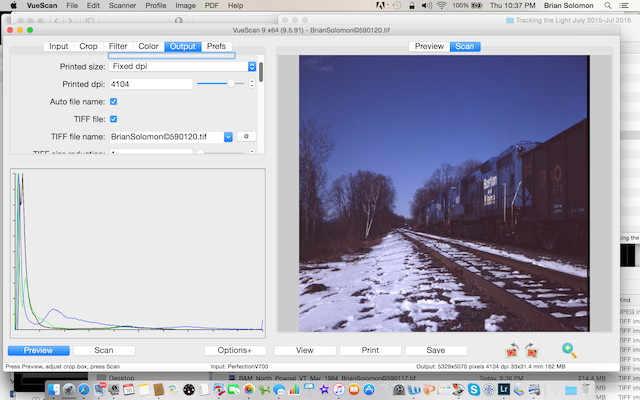
a daylight scene shot on tungsten film without filtration or vice versa. When scanning slides this mode could also be beneficial when scanning film with noticeable color casts. If you are not using the advanced techniques of exposure control or analog gain detailed further down on this page you should choose color negative as your medium for negative scans. Since Photoshop actually uses only 15 bit plus 1 value precision instead of the full 16 bit range used in a linear Tiff file that kind of scaling can be beneficial.

The difference between the two modes in combination with RAW scans is that for color negative mode the three color channels of a scan are being scaled up using suitable factors to ensure that all of these use the same range of values.

To create suitable scans you first have to select the input tab and to choose either slide or color negative from the media pulldown list.įor both choices a negative is preserved as such in a RAW scan's linear output file. Hamrick Software's VueScan Professional is very well suited to create linear scans of slides and negatives since the professional version of VueScan features a special RAW output mode. Creating linear scans of slides and negatives with VueScan Professional Also on creating linear scans with Vuescan. The following tutorial gives a step by step explanation on how to achieve this with VueScan Professional. To harness the full potential of our Photoshop Plug-in it's important to obtain image data that has been subjected to as little processing as possible (RAW data).

ColorPerfect processes scans with color integrity and gives unprecedented flexibility in creative image editing. Increase the quality of your slide and negative scans from VueScan Professional with ColorPerfect! Find out more about how to scan with VueScan. Creating perfect photos from your slide and negative scans with ColorPerfect: VueScan Professional


 0 kommentar(er)
0 kommentar(er)
